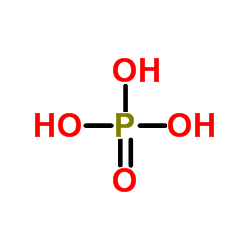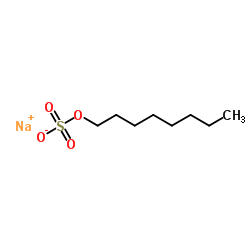| Structure | Name/CAS No. | Articles |
|---|---|---|
 |
Hydrogen bromide
CAS:10035-10-6 |
|
 |
Sodium hydroxide
CAS:1310-73-2 |
|
 |
Acetonitrile
CAS:75-05-8 |
|
 |
Phosphoric acid
CAS:7664-38-2 |
|
 |
3-Ethyl-2,4-pentanedione
CAS:1540-34-7 |
|
 |
Sodium octyl sulfate
CAS:142-31-4 |
|
 |
Ethylenediaminetetraacetic acid
CAS:60-00-4 |
|
 |
3,4-Dihydroxyphenylacetic acid
CAS:102-32-9 |